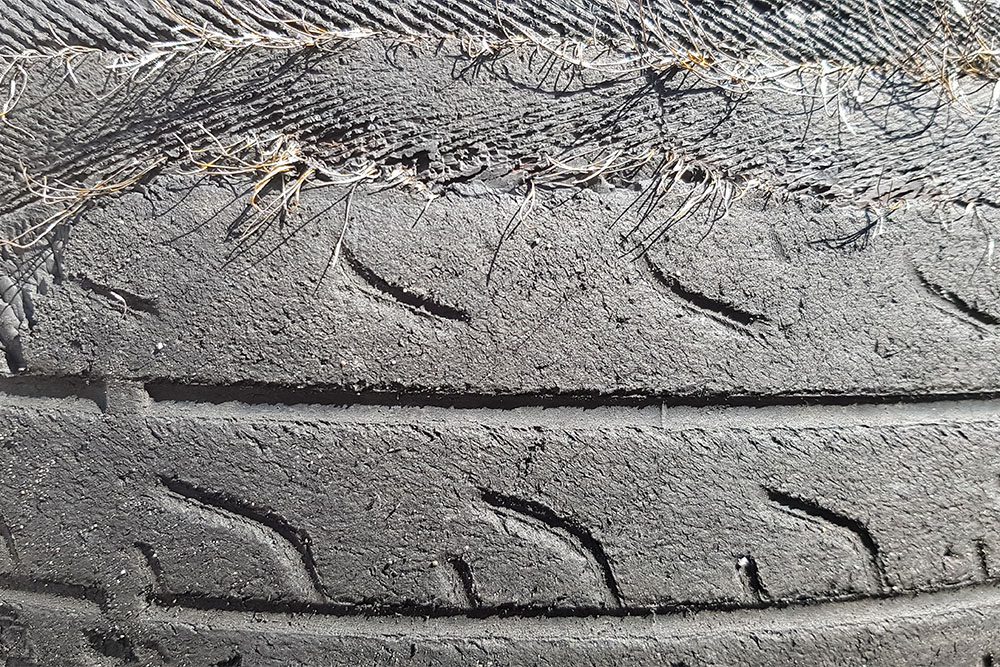TIRE TIPS

HOW DO YOU KNOW WHEN WINTER TIRES ARE WORN OUT?
Winter tires are highly effective in providing optimal performance, particularly when they are in good condition. They are designed to provide better traction on icy and wet roads, allowing vehicles to maintain control and navigate curves more effectively. However, as tread wear increases, tire performance decreases. It’s essential to inspect your tires regularly to ensure they don’t pose a safety hazard while driving. Read on to evaluate how worn-out tires affect performance and how you can determine when your tires are damaged.
Signs of Tire Wear
Monitoring your tires and replacing them when they become worn out is a simple way to ensure they remain in good shape. But how can you determine that you need new winter tires? It would be best if you looked out for the following signs:
Decrease in Tread Depth
The depth of your treads is crucial to the performance of your tires. As the tread wears down over time, it loses its ability to provide traction in snowy conditions. Transport Canada recommends a minimum depth of 4mm. You can use a tread gauge to measure your tire treads and assess their condition.
Tread Blocks
Winter tires in the present day come with wear bars, which serve as indicators for the level of tread wear. These are raised sections in the grooves of your tires. When your treads wear down to reach the level of these bars, it’s clear that you need to replace your tires. Additionally, if the blocks appear worn or have rounded edges, this is an indication of worn-out tires.
Cracking Sidewalls
This is an indication of rotting tires. This mainly occurs when you leave your vehicle stationary or unused for an extended period. Your winter tire can also naturally experience this when exposed to chemicals, oils, and UV light. These harmful elements reduce the rubber’s flexibility, and eventually, cracks develop. The condition can worsen; therefore, you must install new tires.
Steering Wheel Vibration
Winter tires are designed to cruise smoothly during cold weather. If your steering wheel vibrates, you must pay attention to the tires. The major cause of steering vibration is tire pressure, especially if the vibration occurs at all speeds. Low pressure distorts the tire footprint and increases rubber compound wear. The wear is usually uneven on the tire’s inner and outer shoulders.
How to Check Tire Tread Depth
There are a few simple ways to assess the tread depth of your snow tires. These are:
Using a Toonie
This popular technique involves inserting a Canadian toonie into the tread grooves. If the tread reaches the bear’s claws, your tires are new and still have a lot of useful life. If the treads only conceal the silver section of the coin, your tires are fairly worn out. You’ll need to replace your tires if the treads barely touch the “Dollars” engraving.
Tire Tread Depth Gauge
You can also use this tool to check your tread depth. These are small, raised bars running the tire groove length. The shallowest depth allowed on a tread is shown by these small, raised bars running the tire groove length.
Using a Tread Depth Detector
You can determine whether you need to upgrade your winter tires using depth detectors. You can find them at petrol stations. You’re good if your tread depth reaches 7 and 12/32”. If your winter braking and cornering are inadequate, visit TreadNation in Saskatoon for quality winter tires.

